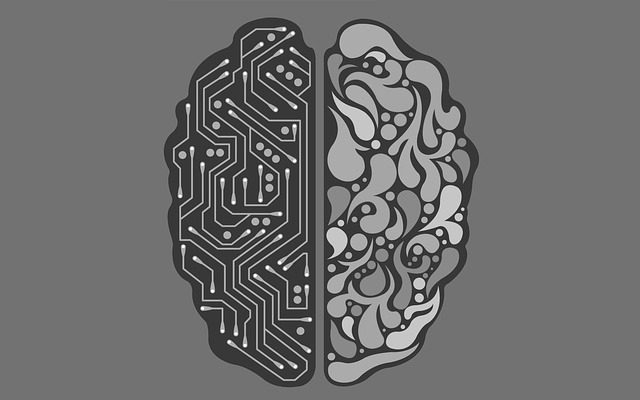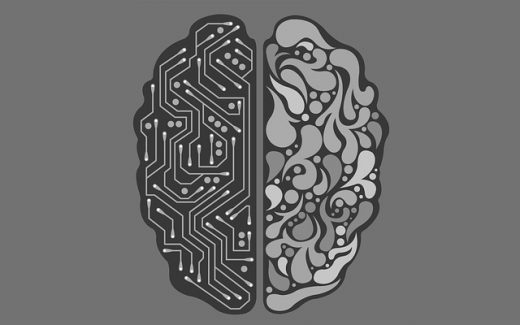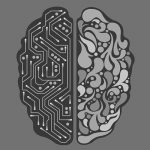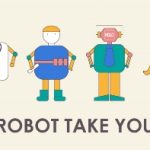How AI May Actually Create More U.S. Jobs
— August 24, 2017

Seanbatty / Pixabay
Artificial intelligence, or AI, is revolutionizing the way the world does business. This technology is progressively becoming more prevalent in the day-to-day operations of many brands in a variety of industries. But as the use of AI has increased, so has the notion that AI technology may take precious jobs from its human counterparts. However, knowing the full picture of AI’s impact, particularly in the role of customer care organizations, it is possible that AI may actually create more jobs here in the U.S.
Businesses across a number of industries have incorporated AI technology into their strategy to supplement many tasks that human employees would typically handle. For example, in the customer service industry, brands can use AI and chatbot technology to automate simple customer care interactions. Rather than having a customer wait on hold to speak to a live agent, AI technology can quickly and easily assist the customer with simple requests and allow live agents to respond to more complicated matters. This time-saving AI technology is assisting customers and care agents by way of chatbots and online self-service materials.
Several studies were cited in a recent Harvard Business Review article on the role AI will have on automation and jobs. Some said as many as 47% of jobs would be automated by the year 2033, while others said net job losses as little as 4% by 2020. However, the same article said these fears may be overblown since most of today’s large companies are utilizing AI in computer-to-computer activities.
While it is true that AI technology may take the place of some “tier-one” customer care jobs, such as those stationed overseas designed to handle first-response queries, it may lead to the creation of more “tier-two” live agent jobs that are necessary to handle more technically advanced questions.
Tier-one jobs in customer care organizations are designed to handle mostly simple questions about a product or service from the brand. Businesses today are increasingly relying on self-support downloadable materials, or interactive chatbots, to handle these surface-level customer queries. An example of this would be a customer who calls the customer service line to inquire about how to reset the ringtone on their mobile device. Rather than speaking with a live agent, the customer can simply access self-support materials and guides online to have their question answered.
As more AI technology begins to supplement these tier-one jobs, they will more efficiently parse those customers in need of seeking more technically advanced live human agents. With the money saved from fewer tier-one jobs overseas, it’s quite possible these businesses will invest in more U.S.-based tier-two jobs to handle a higher number of calls with questions on more advanced or sophisticated needs. This is certainly possible in the mobile device world, where handsets and mobile device technology become more sophisticated with all-new features and technology each year.
What’s more, AI works to support even the live agents on the technically advanced questions. These agents rely on AI technology to “co-pilot” the interaction with a customer. Agents turn to online materials, guided by AI technology, where they can seek the right answer and work one-on-one with the customer to overcome their sophisticated issue.
This AI movement doesn’t only affect those working in customer service positions. As technology continues to advance, the work force will need more people who have a high-level of understanding of how AI technology works. This means more jobs will be available in IT and technical departments as well.
Although it may appear that AI will be the end of overseas tier-one jobs as we know them, this technology may actually stir up more jobs for skilled workers in a variety of different industries.
Business & Finance Articles on Business 2 Community
(21)













